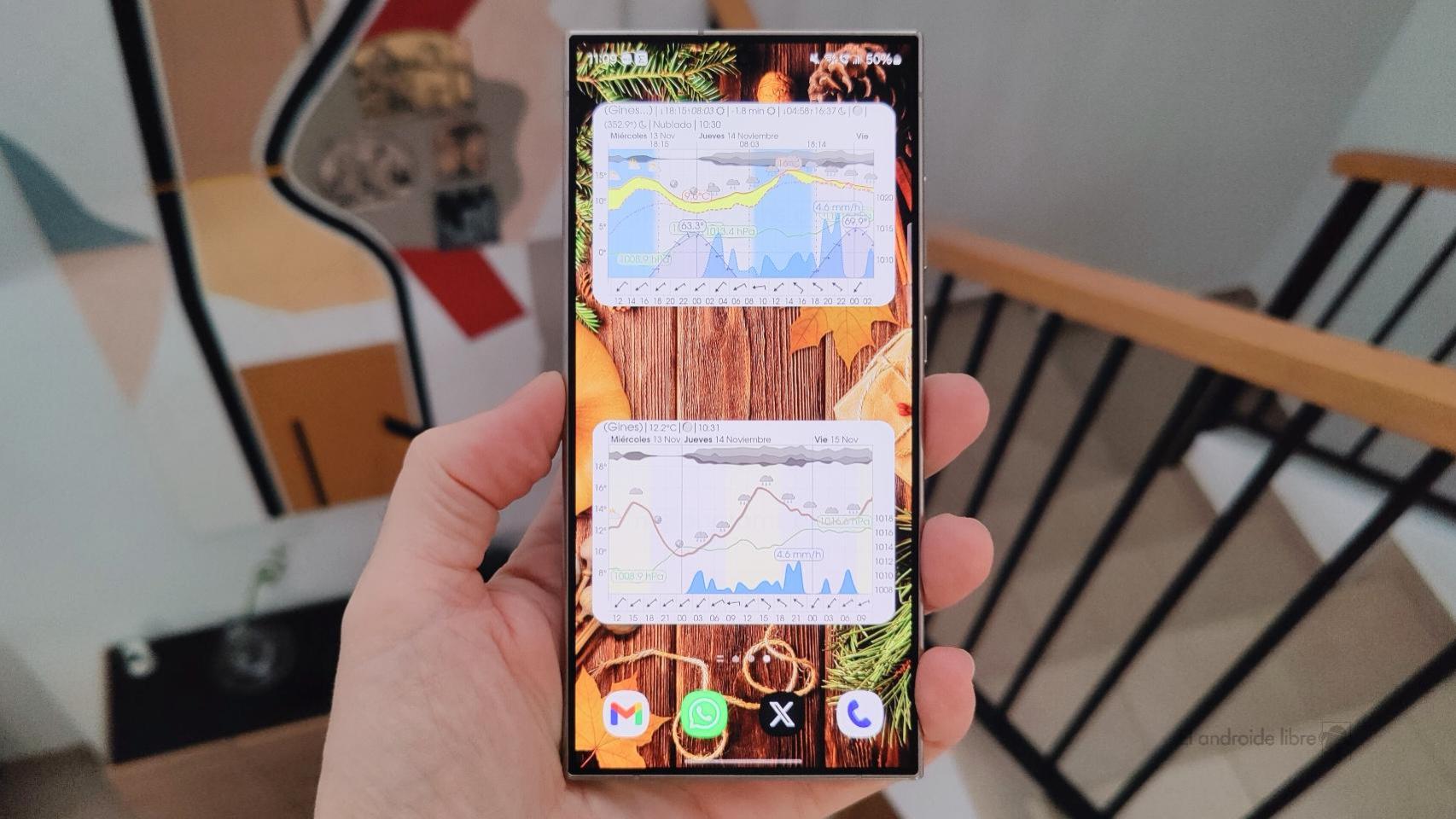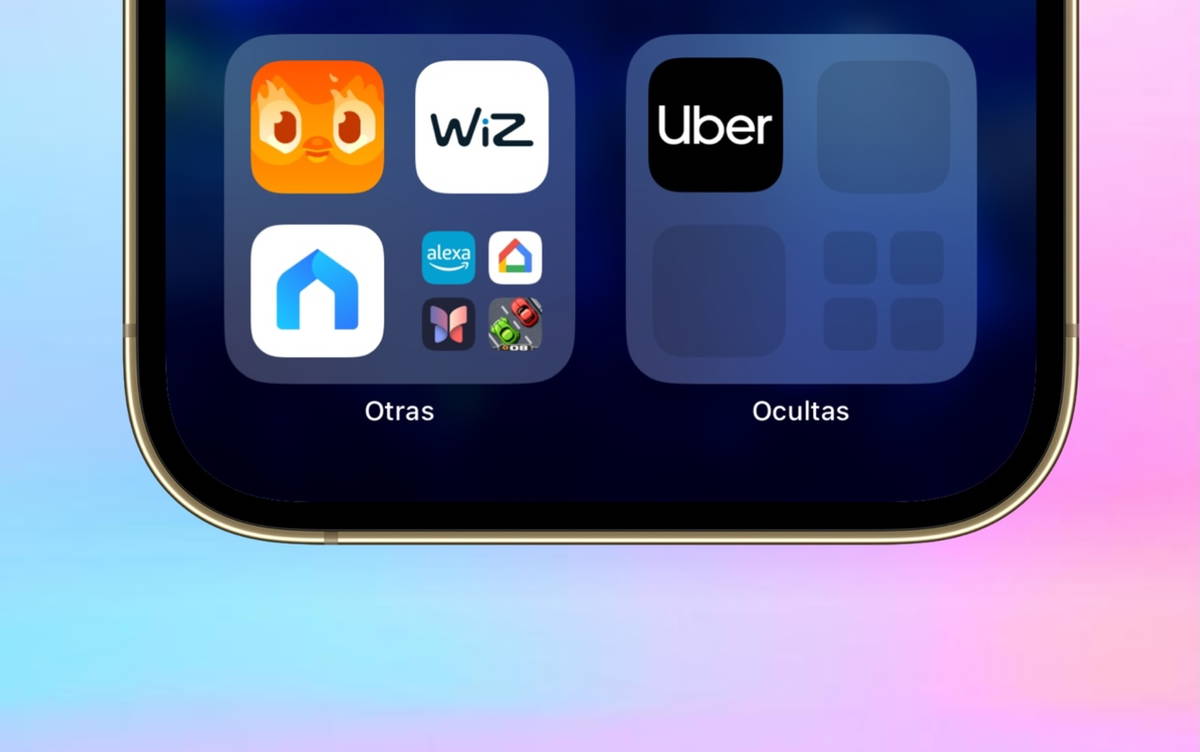
Near-final versions of iOS 16.2 and iPadOS 16.2 are now available for developers. This means that very soon we will have these new versions among us which will allow us to use all its features such as the Freeform application, the new widgets or the optimization of live activities, especially on the iPhone 14 Pro.Apple has also introduces new features in Release Candidates. One of them is limiting the use of AirDrop technology with the removal of the option to be available to “All” users.
Apple seeks to protect user privacy by restricting AirDrop in iOS 16.2
AirDrop has changed forever. In fact, that started to change a few weeks ago with the release of iOS 16.1.1 in China. Apple has been informed that people in China are using AirDrop to share content against Xi Jinping, the President of the Republic of China and the Chinese government. This dynamic is believed to have led the government to ask Apple to modify the technology to avoid this type of action against the regime.
Changes to AirDrop arrived in iOS 16.1.1 and were also made in iOS 16.2 beta 2. Eventually, the AirDrop redesign will arrive in iOS 16.2 and iPadOS 16.2. Although Apple has announced that this change will arrive globally at the beginning of 2023, it seems that times have moved on and we will see it with the launch of these updates which will be done throughout the month of December.

Related article:
Apple plans to make changes to AirDrop to prevent spam
This change leaves only three options to select from the AirDrop menu:
- Receiving disabled: we cannot send or receive items
- Only contacts: we can only receive articles from our contacts
- Everyone for 10 minutes: Anyone can send us articles for 10 minutes
If we selected “Everyone for 10 minutes”, Once those 10 minutes are up, the option will automatically change to “Contacts only.” This change, as we said, will be coming to iOS 16.2 and iPadOS 16.2 throughout December.
Don’t forget that before the appearance of this last option, we had the possibility of “All” to dry. This option allowed be constantly enabled to receive any type of item from any user. This, in the end, was a violation of privacy since the user could receive unwanted photos or files although he could refuse them through the interface, but it was uncomfortable.








